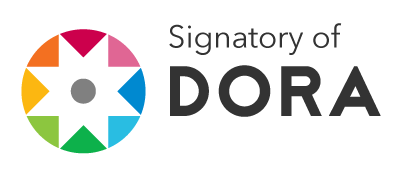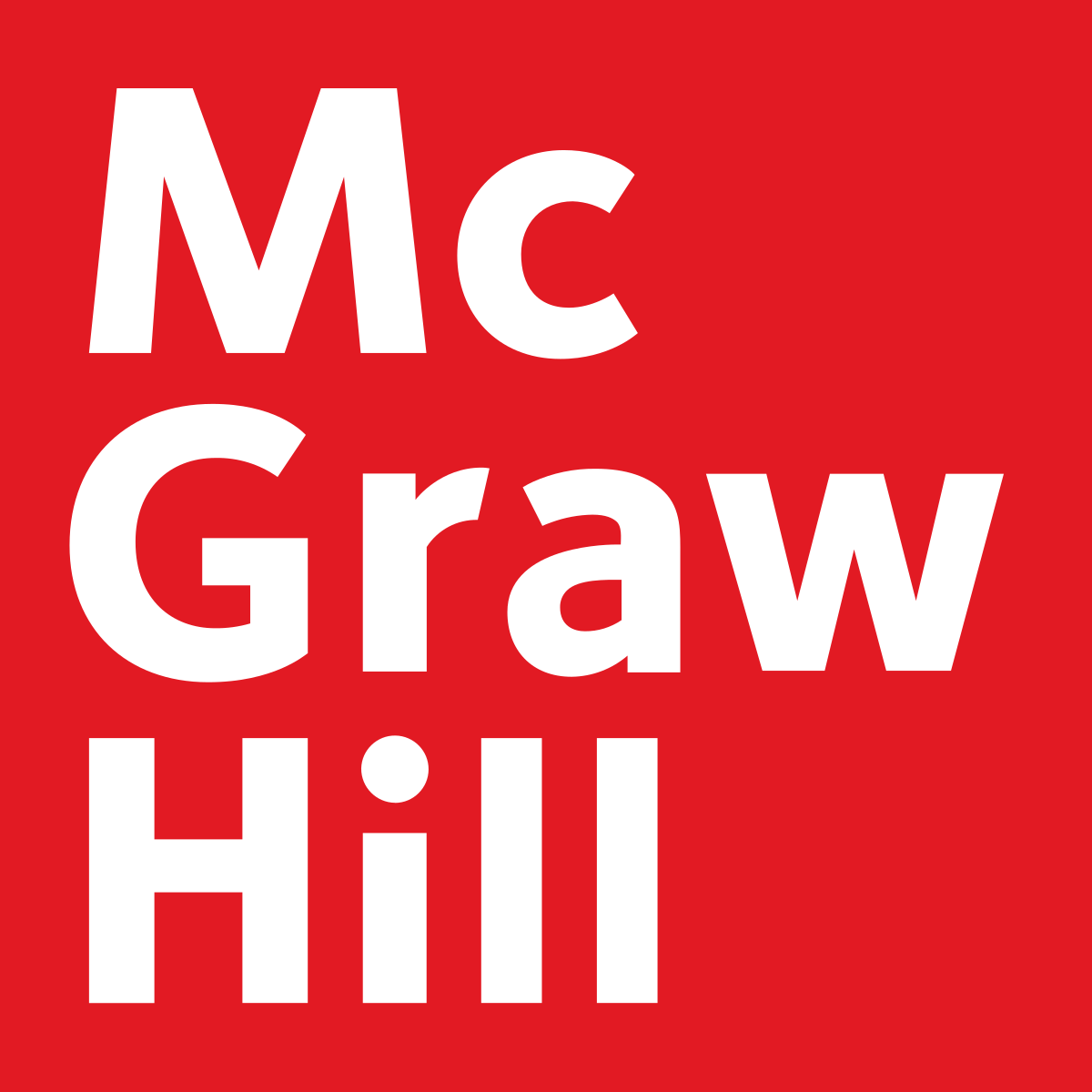From the construct of monolingualism to the reality of multilingual practices
DOI:
https://doi.org/10.62701/revsocial.v13.5451Keywords:
dAbstract
This article explores the role of multilingualism, self-translation, and heterolingualism in contemporary literature and their historical significance. In a globalized world, individuals navigate between languages, encouraging the rise of multilingual authors and self-translators. However, traditional literary criticism, rooted in monolingual paradigms, has overlooked these practices. The “myth of monolingualism” is challenged by emphasizing that most societies, texts, and writers are inherently multilingual. A broader understanding of translation is proposed—not as mere linguistic transfer between isolated cultures but as an ongoing process within and between multilingual entities. The article aims to show how self-translation and heterolingualism have been constants in literary history, shedding light on their potential advantages and challenges.
Downloads
Global Statistics ℹ️
|
196
Views
|
91
Downloads
|
|
287
Total
|
|
References
Anderson, B. (1991). Imagined communities. Verso.
Arenas, C., y Skrabec, S. (2006). La literatura catalana i la traducció en un món globalizat/ Catalan Literature and Translation in a Globalized World. Institució de les Lletres Catalanes/Institut Ramon Llull. Trad. de S. Yandell.
Bandia, P. (1996). Code-switching and code-mixing in African creative writing: Some insights for translation studies. TTR, 9(1), 139-153. https://doi.org/10.7202/037242ar DOI: https://doi.org/10.7202/037242ar
Bassnett, S. (2013). The self-translator as rewriter. En A. Cordingley (Ed.), Self-translation: Brokering originality in hybrid culture (pp. 13-25). Bloomsbury Academic.
Bauman, R. y Briggs, C. L. (2000). Language philosophy as language ideology: John Locke and Johann Gottfried Herder. En P. V. Kroskrity (ed.), Regimes of language: Ideologies, polities, and identities (pp. 139-204). James Currey.
Bauman, Z. (2000). Modernidad líquida. Fondo de Cultura Económica de España. Trad. de M. Rosenberg en colaboración con J. Arrambide Squirru.
Berman, A. (2012). Translation and The Trials of The Foreign. En L. Venuti (ed.), The Translation Studies Reader (pp. 240-253). Routledge.
Besemeres, M. (2002). Translating One's Self: Language and Selfhood in Cross-Cultural Autobiography. Peter Lang.
Besemeres, M., & Wierzbicka, A. (2007). Translating Lives: Living with Two Languages and Cultures. University of Queensland Press.
Casanova, P. (2002). Consécration et accumulation de capital littéraire. La traduction comme échange inégal. Actes de la recherché en sciences sociales, 144, 7-20. https://shs.cairn.info/revue-actes-de-la-recherche-en-sciences-sociales-2002-4-page-7?lang=fr DOI: https://doi.org/10.3917/arss.144.0007
Casanova, P. (2004). The World Republic of Letters. Harvard University Press. Trad. de M. B. DeBevoise.
Casanova, P. (2013). What is a dominant language? Giacomo Leopardi: Theoretician of Linguistic Inequality. New Literary History, 44(3), 379-399. Trad. de M. Jones. https://www.jstor.org/stable/24542566 DOI: https://doi.org/10.1353/nlh.2013.0028
Cerrato-Rodríguez, B. (2019). Traducción intersemiótica: La comida como mediación intercultural. El ejemplo de Najat El Hachmi (Tesis doctoral). Universidad de Salamanca, Salamanca.
Cerrato-Rodríguez, B. (2022a). La globalización de la biografía: La (re)traducción identitaria en la modernidad líquida. En S. Olivero Guidobono (Ed.), El camino hacia las sociedades inclusivas (pp. 1898-1911). Dykinson.
Cerrato-Rodríguez, B. (2022b). Las escritoras atravesadas: La configuración y (re)presentación de la realidad a través de la lengua. En R. Grana (Ed.), Lo que segrega también nos conecta (pp. 79-94). Dykinson.
Cronin, M. (2009). Translation goes to the movies. Routledge. DOI: https://doi.org/10.4324/9780203890806
Delabastita, D. y Grutman, R. (2005). Introduction: Fictional representations of multilingualism and translation. Linguistica Antverpiensia (New Series) (Special issue: Fictionalising Translation and Multilingualism), 4, 11-34. https://lans.uantwerpen.be/index.php/lans-tts/article/download/124/66 DOI: https://doi.org/10.52034/lanstts.v4i.124
Evangelista, E. M. (2013). Writing in translation: A new self in a second language. In A. Cordingley (Ed.), Self- translation: Brokering originality in hybrid culture (pp. 177-188). Bloomsbury Academic.
Even-Zohar, I. (1990a). The position of translated literature within the literary polysystem. Poetics today, 11(1), 45-51. DOI: https://doi.org/10.2307/1772668
Even-Zohar, I. (1990b). Laws of Literary Interference. Poetics Today, 11(1), 53-72. DOI: https://doi.org/10.2307/1772669
Even-Zohar, I. (1990c). Polysystem studies (Poetics today, Special Issue, 11(1)). DOI: https://doi.org/10.2307/1772666
Forster, L. (1970) The Poet’s Tongue: Multilingualism in Literature. Cambridge University Press. Grutman, R. (1997). Des langues qui résonnent: L’hétérolinguisme au XIXe siècle québécois. Fides.
Grutman, R. (1998). Multilingualism and translation. En M. Baker (Ed.), The Routledge Encyclopedia of Translation Studies (pp. 157-160). Routledge.
Grutman, R. (2000). Autotraducción, autoría y autopromoción en el Siglo de Oro: las posturas de Juan de Mariana y Bernardino Gómez Miedes. Quaderns – Revista de traducció, 25, 143-163. https://raco.cat/index.php/QuadernsTraduccio/article/view/337845
Grutman, R. (2006). Refraction and recognition. Literary multilingualism in translation. Target, 18(1), 17-47. http://surl.li/swpzbe DOI: https://doi.org/10.1075/target.18.1.03gru
Grutman, R. (2007). L'Écrivain bilingue et ses publics: une perspective comparatiste. En A. Gasquet & M. Suárez (Eds.), Écrivains multilingues et écritures métisses. L’Hospitalité des langues (pp. 31–50). PU Blaise Pascal.
Grutman, R. (2009). La autotraducción en la galaxia de las lenguas. Quaderns – Revista de traducció, 16, 123-134. https://raco.cat/index.php/QuadernsTraduccio/article/view/139940
Grutman, R. (2013). A sociological glance at self-translation and self-translators. En A. Cordingley (Ed.), Self- Translation: Brokering Originality in Hybrid Culture (pp. 139-156). Bloomsbury Academic.
Grutman, R., & Van Bolderen, T. (2014). Self-translation. En S. Bermann & C. Porter (Eds.), A Companion to Translation Studies (pp. 323-332). Wiley- Blackwell. DOI: https://doi.org/10.1002/9781118613504.ch24
Hokenson, J. W., & Munson, M. (2007). The Bilingual Text: History and Theory of Literary Self-Translation. St. Jerome.
Klimkiewicz, A. (2013). Self-translation as broken narrative: Towards an understanding of the self's multilingual dialogue. En A. Cordingley (Ed.), Self-Translation: Brokering Originality in Hybrid Culture (pp. 157–172). Bloomsbury Academic.
Lefevere, A. (1982). Mother Courage's Cucumbers: Text, System and Refraction in a Theory of Literature. Modern Language Studies, 12(4), 3-20. DOI: https://doi.org/10.2307/3194526
Lefevere, A. (1992a). Translation, Rewriting and the Manipulation of Literary Fame. Routledge.
Lefevere, A. (1992b). Translating Literature: Practice and Theory in a Comparative Literature Framework. MLA.
Macneil, T. (2003). Hétérolinguisme/heterolingualism. En J. M. Grassin (Ed.), Dictionnaire de la traduction (pp. 149-151). Larousse.
Meylaerts, R. (2006a). Heterolingualism in/and translation. Target, 18 (special issue), 1-15. https://doi.org/10.1075/target.18.1.02mey DOI: https://doi.org/10.1075/target.18.1.02mey
Meylaerts, R. (2006b). Conceptualizing the translator as a historical subject in multilingual environments: A challenge for descriptive translation studies. In G. L. Bastin & P. F. Bandia (Eds.), Charting the future of translation history (pp. 59-80). University of Ottawa Press. DOI: https://doi.org/10.2307/j.ctt1ckpfkh.7
Meylaerts, R. (2013). Multilingualism as a challenge for translation studies. En C. Millán & F. Bartrina (Eds.), The Routledge Handbook of Translation Studies (pp. 519-533). Routledge.
Meylaerts, R., & Şerban, A. (2014a). Introduction: Multilingualism at the cinema and on stage: A translation perspective. Linguistica Antverpiensia, 13 (special issue), 1-13. https://doi.org/10.52034/lanstts.v13i DOI: https://doi.org/10.52034/lanstts.v0i13.323
Millán-Varela, C. (2004). Hearing Voices: Jayme Joyce, Narrative Voice and Minority Translation. Language and literature, 13(1), 37-54. https://doi.org/10.1177/09639470040394 DOI: https://doi.org/10.1177/0963947004039486
Recuenco Peñalver, M. (2011). Más allá de la traducción: la autotraducción. TRANS – Revista de traductología, 15, 193-208. https://dx.doi.org/10.24310/TRANS.2011.v0i15.3203 DOI: https://doi.org/10.24310/TRANS.2011.v0i15.3203
Sternberg, M. (1981). Polylingualism as Reality and Translation as Mimesis. Poetics Today, 2(4), 221-239. DOI: https://doi.org/10.2307/1772500
Stratford, M. (2008). Au tour de Babel! Les défis multiples du multilinguisme. Meta, 53(3), 457-470. https://doi.org/10.7202/019234ar DOI: https://doi.org/10.7202/019234ar
Thomson, C. C. (2004). ‘Sláinte, I goes, and he says his word’: Morvern Callar undergoes the trial of the foreign. Language and Literature, 13(1), 55-71. https://doi.org/10.1177/0963947004039487 DOI: https://doi.org/10.1177/0963947004039487
Walkowitz, R. L. (2017). Born Translated: The Contemporary Novel in an Age of World Literature. Columbia University Press.
Downloads
Published
How to Cite
Issue
Section
License
Copyright (c) 2025 Authors retain copyright and transfer to the journal the right of first publication and publishing rights

This work is licensed under a Creative Commons Attribution-NoDerivatives 4.0 International License.
Those authors who publish in this journal accept the following terms:
-
Authors retain copyright.
-
Authors transfer to the journal the right of first publication. The journal also owns the publishing rights.
-
All published contents are governed by an Attribution-NoDerivatives 4.0 International License.
Access the informative version and legal text of the license. By virtue of this, third parties are allowed to use what is published as long as they mention the authorship of the work and the first publication in this journal. If you transform the material, you may not distribute the modified work. -
Authors may make other independent and additional contractual arrangements for non-exclusive distribution of the version of the article published in this journal (e.g., inclusion in an institutional repository or publication in a book) as long as they clearly indicate that the work was first published in this journal.
- Authors are allowed and recommended to publish their work on the Internet (for example on institutional and personal websites), following the publication of, and referencing the journal, as this could lead to constructive exchanges and a more extensive and quick circulation of published works (see The Effect of Open Access).













